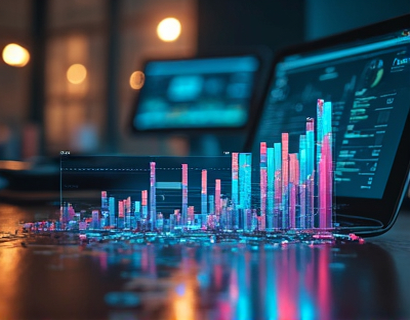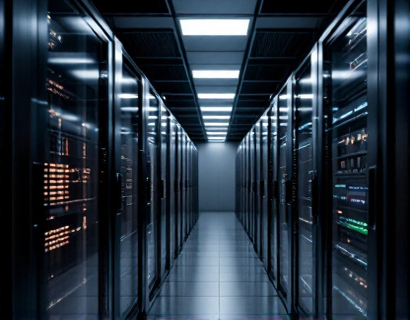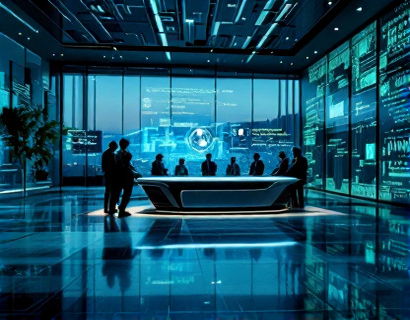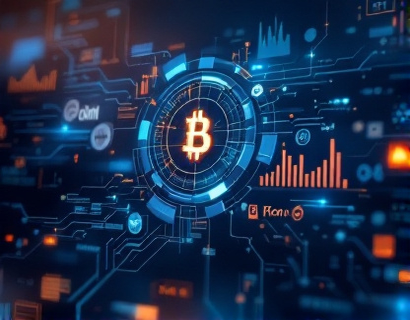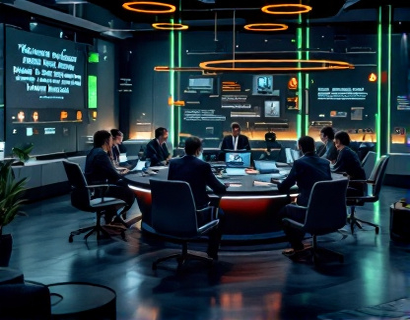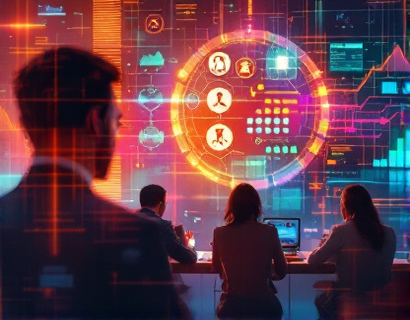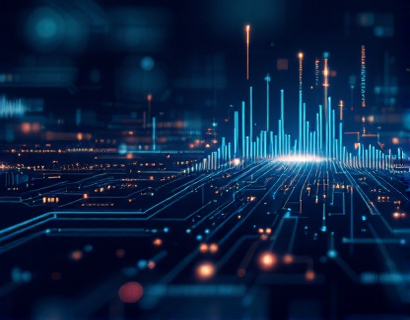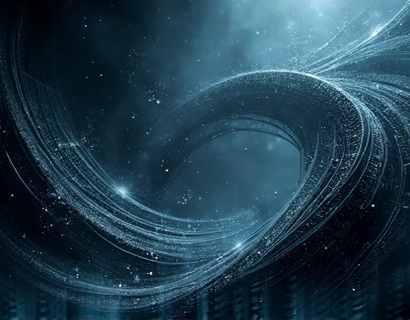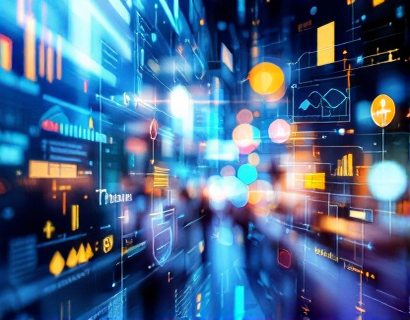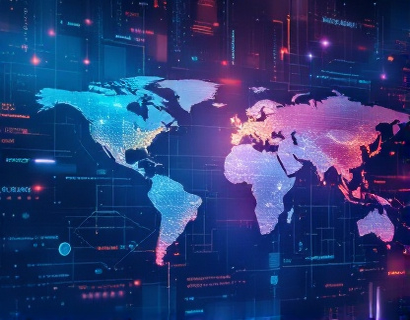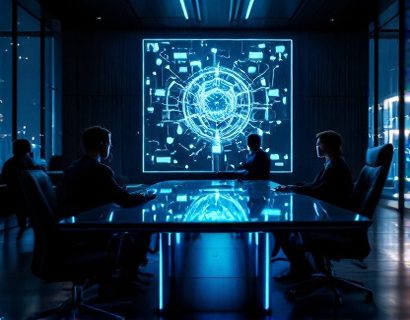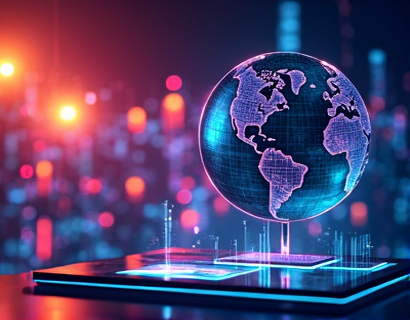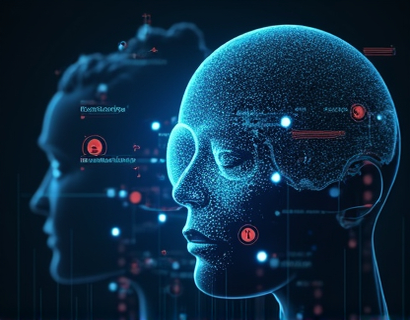AI-Driven Insights: Specialized Knowledge on Sustainable Fishing Industry and Aquaculture for Educators, Students, and Professionals
The sustainable fishing industry and aquaculture are critical components of global food security, environmental conservation, and economic stability. With the increasing demand for seafood and the pressing need to protect marine ecosystems, it is essential to equip educators, students, and professionals with accurate, up-to-date, and specialized knowledge. An AI-powered chat platform offers a unique solution by providing verified insights tailored to various audiences, including a child-friendly version for safe and educational use.
Understanding Sustainable Fishing
Sustainable fishing refers to practices that ensure the long-term health of fish populations and marine ecosystems. This involves adhering to scientific guidelines on catch limits, size limits, and seasonal restrictions to prevent overfishing and maintain biodiversity. The AI chat platform can offer detailed explanations of these concepts, along with real-world examples and case studies that illustrate the importance of sustainable fishing practices.
Impact of Overfishing
Overfishing is a major threat to marine ecosystems, leading to the depletion of fish stocks, disruption of food chains, and loss of biodiversity. The AI chat platform can provide comprehensive information on the consequences of overfishing, including economic impacts on fishing communities and the broader environmental effects. Interactive features can help users understand the ripple effects of overfishing through simulations and data visualizations.
Role of Aquaculture
Aquaculture, or fish farming, plays a vital role in meeting the growing demand for seafood while reducing pressure on wild fish populations. The AI chat platform can delve into the different types of aquaculture, such as freshwater and marine fish farming, shellfish cultivation, and integrated multi-trophic aquaculture systems. It can also discuss the benefits and challenges of aquaculture, including environmental impacts, disease management, and feed sustainability.
Sustainable Aquaculture Practices
To ensure the sustainability of aquaculture, it is crucial to adopt practices that minimize environmental impact and promote ecological balance. The AI chat platform can provide insights into best practices, such as using recirculating aquaculture systems, implementing integrated farming systems, and sourcing sustainable feed. It can also highlight certifications and standards, like the Aquaculture Stewardship Council (ASC), that ensure responsible aquaculture operations.
Technological Innovations in Sustainable Fishing
Technological advancements are revolutionizing the fishing industry, making it more efficient and sustainable. The AI chat platform can explore topics such as satellite monitoring for fishing vessel tracking, electronic catch reporting systems, and the use of artificial intelligence in fish stock assessment. These technologies help enforce regulations, reduce bycatch, and optimize fishing efforts, contributing to the overall sustainability of the industry.
Education and Awareness
Educating the next generation about sustainable fishing and aquaculture is vital for fostering a culture of environmental stewardship. The AI chat platform can offer educational resources, lesson plans, and interactive activities for students of all ages. These resources can cover topics such as marine biology, ecosystem dynamics, and the economic and social aspects of the fishing industry. By making complex concepts accessible and engaging, the platform supports curriculum integration and extracurricular learning.
Child-Friendly Content
Recognizing the importance of early education, the AI chat platform includes a child-friendly version of its content. This version simplifies language, uses visuals and animations, and incorporates interactive elements to make learning fun and safe for children. Topics are presented in a way that sparks curiosity and encourages a lifelong interest in marine conservation and sustainable practices.
Expert Insights and Verified Information
To ensure the reliability and accuracy of the information provided, the AI chat platform collaborates with marine scientists, fisheries experts, and industry professionals. Each piece of content is thoroughly researched and verified, providing users with trustworthy insights. This expertise is particularly valuable for educators and professionals seeking to deepen their knowledge and stay updated on the latest developments in the field.
Interactive Q&A Session
The AI chat interface allows users to engage in real-time Q&A sessions with virtual experts. This feature is especially beneficial for students and professionals who can ask specific questions and receive detailed answers. The chat can cover a wide range of topics, from the biology of specific fish species to the economic implications of sustainable fishing policies. This interactive approach enhances understanding and retention of complex information.
Case Studies and Real-World Applications
To illustrate the practical applications of sustainable fishing and aquaculture, the AI chat platform presents case studies from around the world. These real-world examples highlight successful initiatives, challenges faced, and lessons learned. For instance, the platform can discuss the recovery of the cod fishery in the North Atlantic, the growth of seaweed farming in Asia, or the implementation of community-managed marine protected areas in the Caribbean. These stories provide valuable context and inspire innovative thinking.
Policy and Regulation Insights
Understanding the policy and regulatory framework governing sustainable fishing and aquaculture is crucial for stakeholders. The AI chat platform can offer insights into international agreements, national laws, and local regulations that impact the industry. Topics may include the United Nations Sustainable Development Goals (SDGs) related to marine resources, the Convention on Biological Diversity, and regional fisheries management organizations. This information helps users navigate the complex landscape of marine governance and advocate for effective policies.
Economic Aspects of Sustainable Fishing
The economic dimensions of sustainable fishing and aquaculture are often overlooked but are essential for long-term viability. The AI chat platform can explore how sustainable practices can lead to economic benefits, such as increased market access, premium pricing for sustainably sourced seafood, and job creation in eco-friendly industries. It can also discuss the financial incentives and support mechanisms available to fishermen and aquaculture operators transitioning to sustainable methods.
Community Engagement and Collaboration
Sustainable fishing and aquaculture require collaboration among various stakeholders, including governments, NGOs, industry players, and local communities. The AI chat platform can facilitate discussions on the importance of stakeholder engagement, community-based management, and collaborative research projects. It can provide examples of successful partnerships and highlight the role of grassroots movements in promoting sustainable practices.
Future Trends and Innovations
Looking ahead, the AI chat platform can explore emerging trends and innovations in the sustainable fishing and aquaculture sectors. This includes advancements in aquaculture technology, such as precision feeding and genetic selection, as well as new approaches to fishing, like underwater drones and autonomous vessels. The platform can also discuss the potential of alternative protein sources, such as lab-grown fish and plant-based seafood substitutes, and their impact on the industry.
Conclusion
In conclusion, the sustainable fishing industry and aquaculture are at a critical juncture, requiring a multifaceted approach that combines scientific knowledge, technological innovation, and collaborative efforts. The AI-driven chat platform serves as a valuable resource for educators, students, and professionals, providing verified insights and fostering a deeper understanding of these vital sectors. By promoting education and awareness, we can work towards a future where marine resources are used responsibly, ensuring food security and environmental health for generations to come.



